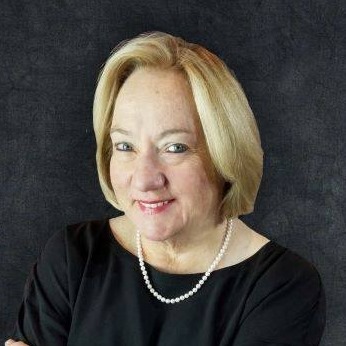Agility & Flexibility
In coaching executives, team leaders, solopreneurs and small business owners, I am usually hired in a time of change, challenge, or calamity. Every situation is different. However, typical themes usually need my attention: conflict resolution and skill set building, communication breakdowns, team member disengagement, change management, and DEI (diversity, equity, inclusivity) among others. Assessing and enhancing personal leadership skills are always a focus of my attention: emotional intelligence, authenticity, leadership style, agility, stretching out of the comfort zone, etc.
In coaching leaders, I call upon the schooling behind my psychological licensure and executive coaching credentialing, the multitudes of existing literature, published research, client scenarios, and my own leadership journey. The goal of becoming a transformational leader, a truly impactful leader is always on the agenda.
According to Jeffrey Hull, PhD, author of, Flex (2019), authentic leadership, or what he calls “post-heroic” leadership is based on six core dimensions of leadership agility within three categories of power available to all of us:
The Mental: the power of the mindset
The Emotional: the power of feelings
The Somatic: the power of the body
Ultimately, Hull developed the FIERCE model. This is an easy and intuitive checklist of leadership agility:
All coaches work with the science behind changing habits, helping clients raise their self-awareness, identify goals, choose and implement practices, and track progress. Whether or not you choose to engage the services of a professional coach, you can begin by doing a little self-coaching. Here’s a basic rundown of Hull’s steps to coaching yourself:
- Identify the habit or behavior you want to change.
- Identify habitual behavior triggers.
- Identify the goal for change and the motivation behind it.
- Start small with customized practices.
- Celebrate wins.
Weekly Challenge: Check your leadership practices against the FIERCE model and the 5 self-coaching steps.
Supporting your Success!
KJ

